Motorola DROID Turbo Review
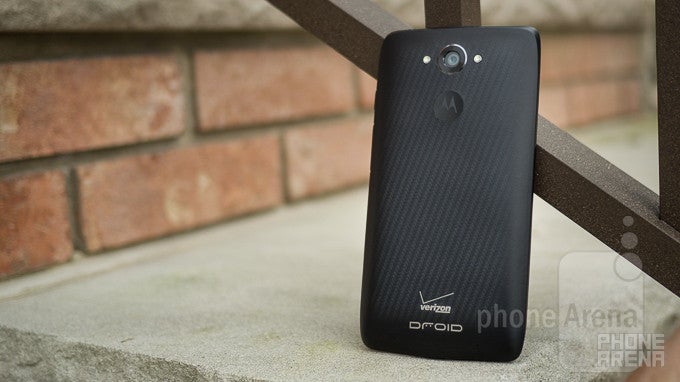
Introduction
Oh Motorola, you’ve been making some serious waves of late. First of all, the Moto 360 received much acclaim from critics and consumers alike when it launched not too long ago – rising straight to the top of the charts when it comes to Android Wear watches. Commendable to say the least, the Moto 360 proved that the company still has some quality aces up its sleeve. On the flip side, though, we were hopeful about the refreshed version of the Moto X, but despite the incremental upgrades and its unique personalized design process, the handset just couldn’t compete on the same level as its contemporaries – so it felt rather underwhelming.
With the introduction of the original Moto X in the fall of 2013, a strange and uncertain future was cast over Moto's DROID family. The name has its roots, naturally, as the one and only original Motorola DROID seemingly catapulted Android to new heights back in its heyday. However, it seems as though the tides are turning once again, as the Motorola DROID Turbo comes out of the gate with the same ferocity that we witnessed with the original DROID. Arguably the most specs heavy smartphone on the market, the DROID Turbo is action packed and ready to make its mark – it checks all boxes, coming with 5.1” Quad HD AMOLED screen, 20MP camera, the latest Snapdragon 805 processor and impressive battery! Big muscles are nice in catching the attention of people, but is it cunning enough to be backed with a solid performance?
The package contains:
- Quick Reference Guide
- Product Safety & Warranty Brochure
- Wall/USB Turbo Charger
Design
The new metalized glass fiber and ballistic nylon fiber materials solidify its sound construction, one that exudes that built-like-a-tank quality.
Looking at the phone head on, the DROID Turbo’s design seems very much mute – in the sense that it looks generic. Certainly, it’s not as curvier in design as the Moto X, but the DROID Turbo earns its merits with a more aggressive, angular appearance from the front. Flip it around to the rear, however, we’ll certainly say that it breaks the mold with its own unique finish – one that gives it a distinctive and distinguishable look.
Our particular review unit bears the new metalized glass fiber (MGF) material, which is further reinforced by DuPont Kevlar, to match its aggressive demeanor. Although it’s not as pronounced as the Moto X, there’s also a thin metal trim that outlines the sides of the phone. Now, the material looks good and feel good too – though, the feeling of the texture is more rubbery. Depending on the angle, there’s a subtle 3D effect with the weave pattern of the surface. It’s available in red or black, but we’d recommend going with the former because it stands out more.
Alternatively, the DROID Turbo has a third option to select from – the ballistic nylon model. Indeed, the stitched pattern is something we haven’t seen in the DROID family, so it’s undoubtedly refreshing to see, but we’re curious to see how it handles long term. Considering that it has a fabric feel to it, the material might fray over time. However, we should note that the phone features a water-repellant nanocoating for protection against minor incursions with splashes, but it doesn’t give the phone a water resistant quality – so don’t think about dunking this one under water!
Overall, the construction of the DROID Turbo is rock-solid – a constant quality with the DROID line, so we’re pleased to find it here yet again. In addition, its size is pretty manageable to hold with a single hand effortlessly, but we wouldn’t go far to say that it breaks any records. Comparing it to the Moto X, the DROID Turbo is minutely thicker, wider, longer, and heavier. Nevertheless, the result is an aggressively styled smartphone that’s built like a tank.
In standard practice, the sides of the phone are home to its power button, volume control, 3.5mm headset jack, microphones, and microUSB port. Although it’s seldom seen in smartphones nowadays, the DROID Turbo features that dedicated trio of capacitive Android buttons beneath its display – while a thin narrow strip along the opposite side makes up its earpiece.
One peculiar thing we notice noted on the packaging is that the 4G LTE SIM is pre-installed. That’s pretty nice of them to do, but after an initial inspection, we’re baffled to where they put the slot. Surprisingly, it’s discretely incorporated into the volume control. We can actually pry it off slowly, which reveals the SIM slot.
Display
You can’t see any of the pixels, it’s that detailed!To the surprise of many (and including us), the Motorola DROID Turbo is packing a 5.2-inch 1440 x 2560 QuadHD AMOLED display. Simply, it’s a marvel to behold because it’s one of the most pixel-dense screens on the market with its tally of 565 ppi. It’s so detailed that even when we look at it closely with our eye, it’s tough to decipher individual pixels.
Unfortunately, some of the display’s other characteristics aren’t as impressive. In particular, the screen achieves a maximum brightness output of 247 nits when measured displaying an all white image (that's the way we're measuring maximum brightness for all phones) – a pitiful mark we might add, one that’s near the bottom of our benchmark list and makes it hard to read outdoors in the sun. AMOLEDs are known for their lower brightness in such tests and they can actually have brighter output if the displayed image is not all white – e.g. if it is mostly a black screen with a few white areas, those areas may be significantly brighter than 247 nits. But still, this is a mediocre mark even in the land of AMOLED screens – to put it into perspective, we measured the Note 4's maximum brightness output at 468 nits.
Concurrently, its color reproduction is extremely over-saturated, which does produce eye-catching looks, but it’s far from being particularly accurate. As you can see in our color gamut chart for the DROID Turbo, it misses the reference values of almost every target. However, it so happens to sport a very neutral color temperature of 6594 K (reference is 6500 K), so colors do not appear cold/bluish as is the case with many phone screens. Thankfully, green colors aren't too excessive as well, so the balance between red, green, and blue tends to be good.
Yes, we’ll vouch that the DROID Turbo is impressive for its pixel crushing resolution, which is something that many of us take great pride in seeing in a high-end phone. In fact, it’s a member of an elite crew in that regard, seeing that very few phones can rival its pixel density count. However, there are still drawbacks to the screen’s characteristics that doesn’t make it all that polished. Despite that, we feel that more people will be forgiving about it.
Interface and Functionality
Unlike most other high-end phones, the experience here is light on software features – opting instead for a select few that actually enhance the experience, as opposed to overwhelming us.
Motorola has since moved on from offering customized Android experiences with its premier devices, and has instead, opted to provide us with a mostly stock Android experience. That’s obviously what we were given with the Moto X (2014), and that’s exactly what we have here yet again with the DROID Turbo. Out of the box, it’s running Android 4.4.4 KitKat, but the company pledges to upgrade it to Lollipop very quickly.
In all fairness, the experience here with the DROID Turbo is exactly like what we’ve seen already with the Moto X – both from a visual and software point of view. Needless to say, we can’t complain about the visuals, mainly because it’s stock and presents us with a clean and minimalist interface. At the same time, it’s rather light with its set of software features, which tend to be more helpful than overwhelming like on some other phones. Specifically, it boasts all of the cool Motorola experiences we’re already familiar with – like Moto Voice, Moto Assist, Moto Display, and Moto Actions. All of them help to enhance the experience, plus, they’re features that are discrete. We especially like the customized voice option we can opt to use for activating Moto Voice.
Still, as we rummage through the app panel, it’s quite obvious that Verizon’s influence is still prevalent, seeing that many of Big Red’s apps are preloaded. One of the notable apps is DROID Zap, an exclusive one from Verizon that can be downloaded on other Android phones – not just the ones in Verizon’s portfolio. At its core, it’s a social based sharing app that allows users to share multimedia content to other users, or even send it to a television that has a Chromecast connected to it. From pictures to videos, it makes it quick and easy to share content with friends simultaneously.
Messaging
Since this is stock Android we’re dealing with, the default keyboard is none other than the one provided by Google. It’s simple, logically arranged, and very responsive to make quick work out of sending short messages.
Emails are handled by the stock Email app, but if you’re a Gmail user, there’s a dedicated app for that, of course. Interestingly, we can’t set up a Gmail account using the standard Email app because it directs us to use the Gmail app for that. Well, that’s not a deal breaker because the Gmail app is quite functional and delivers an experience similar to its desktop counterpart.
Processor and Memory
You know it’s a future proof thing when it’s packing the latest from Qualcomm!
Okay, so we all know that the DROID Turbo is a beastly thing, especially knowing that it’s powered by the formidable quad-core 2.7GHz Qualcomm Snapdragon 805 SoCfeaturing the Adreno 420 GPU and coupled with 3GB of RAM. Without a doubt, the hardware it tow is enough to handle all operations we throw at it – including some intensive gaming titles. However, it’s part of the Motorola Mobile Computing System, one that also features a natural language processor and a contextual computing chip as well. At the end of the day, though, the DROID Turbo is just like what its name says – it’s turbo fast with its performance!
As much as we’d like to have a microSD card slot in this thing, we’re at least content with its 32GB of internal storage – albeit, there’s an option for a 64GB one too, which dons the ballistic nylon casing and an extra cost.
Internet and Connectivity
Quad-HD resolution screen, check. Speedy performance, check. XLTE-ready, check and check! Having all of this in the DROID Turbo surely makes the web browsing experience through Chrome so intuitive. Even with the sharpest vision, it’s almost unimaginable how detailed the display really is – allowing us to see pages in full view, without any distortion to text or fine details.
A world traveler no doubt, the DROID Turbo is a global phone that comes along with 4G LTE (Cat 4) support amongst the other usual connectivity features – such as aGPS, Bluetooth 4.0 LE, dual-band 802.11 a/b/g/n/ac Wi-Fi, and NFC. Still, it’s worth saying that it doesn’t offer an IR blaster much like its esteemed rivals.
Camera
Finally, a Motorola phone we can confidently say that takes some excellent shots.
Thinking long and hard about it, we can’t remember the last time when Motorola’s devices astounded us with their cameras. More recently, the quality from the Moto X’s camera came up short – to the point of underwhelming when pitted against its contemporaries. Well, it seems as though the company is intent on changing that reputation, as the DROID Turbo flaunts a number pounding 20.7-megapixel 4:3 camera, which is accompanied by an f/2.0 aperture lens, dual-LED flash and 4K video recording. Naturally, it has its similarities to the Moto X, since it also offers the same Quick Capture feature.
Turning our attention to the camera interface, it’s an exact facsimile to the Moto X – where the majority of the interface is taken up by the viewfinder. Swiping right grants us access to its scroll wheel, which provides us with a few menu options and shooting mode selections. Even though it lacks the depth of some other camera apps, it follows Motorola’s principle of adhering to a simplistic experience – one that allows us to focus and quickly snap photos.
So, what’s the verdict on this one? We’re happy to report that the results are significantly improved to replace the sour after taste left in our mouth by the Moto X’s camera. In almost every instance, the DROID Turbo’s camera is versatile enough to deliver calculated results that are pleasant. Its outdoor shots embody the essence of a great camera, one that’s filled with rich details, balanced dynamic range, and well toned colors.
Indoors where lighting is sparse, the quality takes a hitch, but we still fancy at how much brighter its shots are in comparison to the Moto X. There's a noticeable amount of visible noise in the images, while details gravitate towards the softer side. Overall though, they are pretty good if you view them in a web-friendly size. However, we should note how panorama photos turn out – frankly, they are pretty awful – not only with a very low resolution of approximately 2MP (good panoramas from rivals reach 50MP!) but with bad stitching, colors and over sharpening. We really hope Moto will fix this with a software update at some point.
The front facing camera of the DROID Turbo, a 2-megapixel one, is actually quite handy at snagging some pretty good looking selfies. Details might not be on the same level as its rear camera, naturally, but the end result is more than usable. Best of all, it seems to deliver proper balance with its exposure.
The DROID Turbo can shoot video in 1080p and Ultra HD (4K) quality, so it’s the same options as the Moto X 2014 edition. We can certainly say that the quality is good for both recording options, but we won’t go far to say they’re excellent either. Depending on lighting, details can sometimes appear softer in tone, but the most distracting part about the quality is how poorly the microphones handle audio recording – it just sounds subdued and suppressed, making voices almost tough to discern. With 1080p capture, it comes out steadier looking and records at a smoother 30 FPS. Meanwhile, 4K recording dishes up better details, but it’s shakier and choppier at 24 FPS.
Multimedia
Videos come to life thanks to the iridescence and sharp details of its AMOLED screen.
Showing its ties to the Moto X once again, the gallery app is arranged and functions similarly to the one in the Moto X. A cool feature that some will appreciate is Highlight, which groups content according to date and automatically compiles a short “highlight reel” video for easy and quick sharing.
Sticking with the stock Android experience, the default music player comes from none other than the Google Play Music app – so we all know what it entails at this point. The latest update to the popular app brings some visual qualities that match the flavor with Android 5.0 Lollipop’s interface, but the core functionality remains unchanged.
Interestingly, the earpiece of the phone also doubles as its speaker, which produces an admirable 74.4 dB of audio power. The result is actually good, as it emits a very balanced tone with decent bass and treble – and it doesn’t strain at the loudest volume either! However, its 3.5mm headset jack is dreadfully weak, barely reaching 0.5 V in our benchmark test. Using a pair of headphones, the quality is mostly subdued and muted.
A visual feast no doubt, thanks in part to its quad-HD screen, the Motorola DROID Turbo is an engaging thing when it comes to watching videos – partly for the iridescence of its AMOLED display and its crisp details. However, we really wish it offered some sort of multi-tasking element out of the box, which would allow us to watch a video in a small window – of course, you can easily add this feature when you download a suitable player from the Play Store.
Call Quality
Four microphones help to capture our voice in full fidelity, even in some noisy situations.
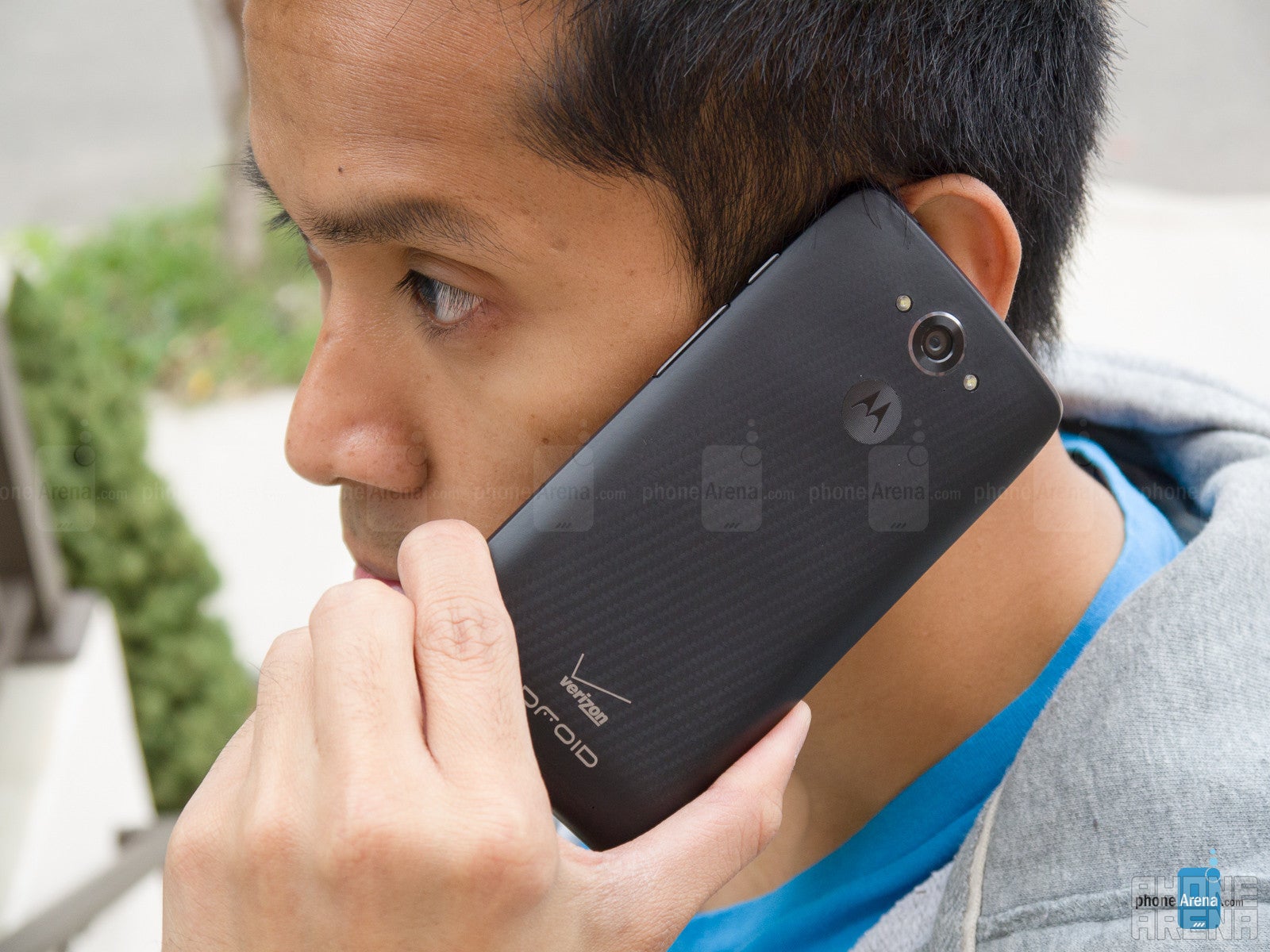
Battery
You’ll be using the handset for far longer than other phone because of its long-lasting battery. Arguably one of the best!
Alas, we are finally at the most anticipated part about the phone – its battery life. Motorola graces its pride and joy with a massive 3900 mAh battery, which the company says can achieve up to 48 hours of battery life with mixed usage. While that’s a generous indication, our real world usage put it to more like 1.5 days with normal usage – whereas with power usage, we’re able to push through 14 hours.
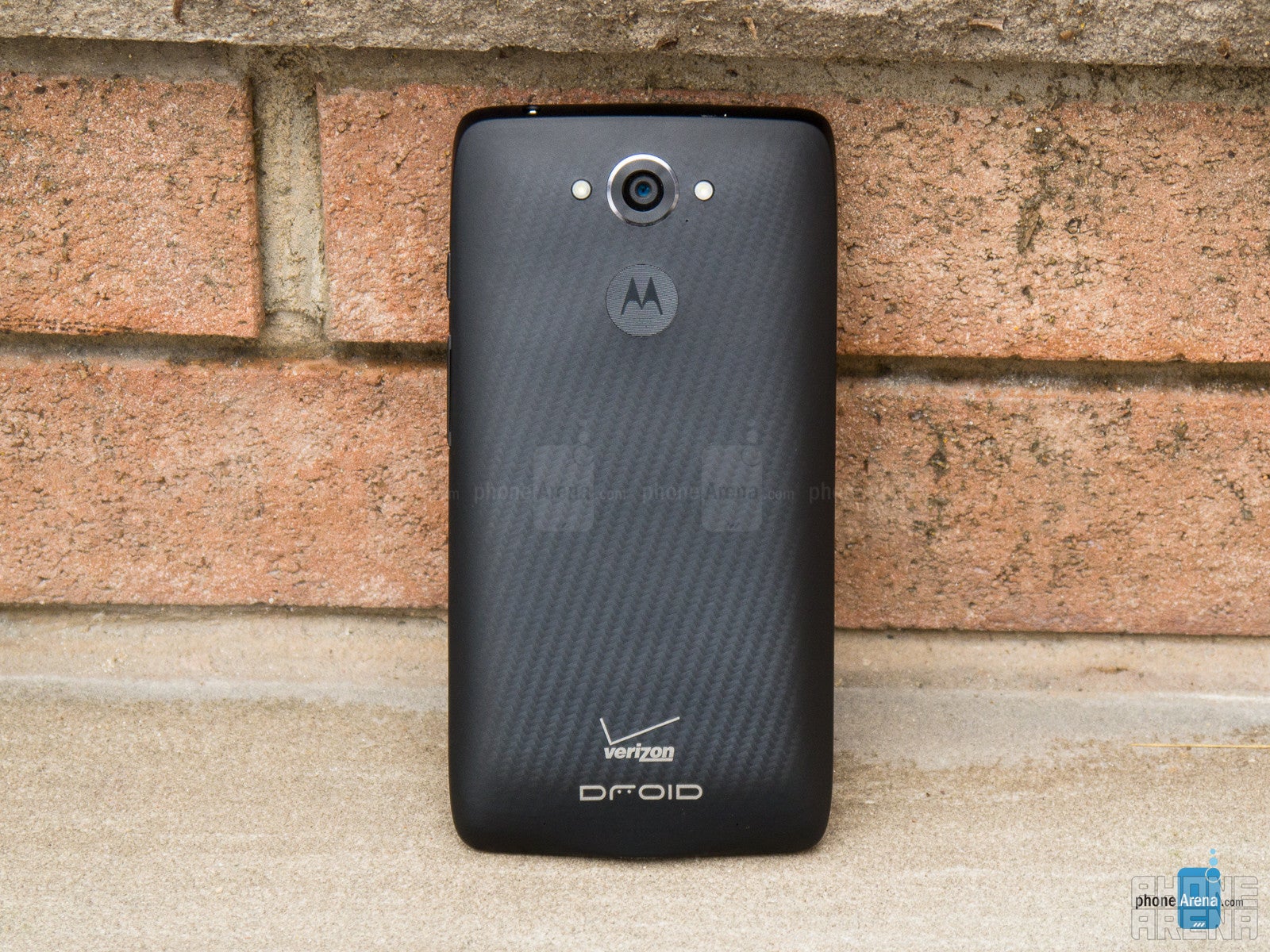
Outperforming our expectations, too, is its turbo charging technology, which is achieved with the included turbo-charger wall adapter. Essentially, it takes a little over 2 hours to refill its 3900 mAh battery back to 100% capacity – that’s pretty quick considering the size of the battery we’re dealing with here. And oh yeah, it offers built-in wireless charging courtesy of the Qi standard!
Conclusion
Just when we thought that Motorola unleashed all of its best surprises already, we’re given a spectacular device in the Motorola DROID Turbo. Living up to the prestige that comes with the DROID franchise, the DROID Turbo is supercharged and is one imposing force in the smartphone space – thanks in part to its impressive specs sheet, solid construction, and long-lasting battery life.
One of our biggest fears for such a specs heavy device is an increase in price, one that would’ve potentially put it into that $300 on-contract cost. Lucky for all of us, Verizon and Motorola blessed the phone with that $200 on-contract price ($600 outright) for the red/black 32GB model. And if you prefer the ballistic nylon one with 64GB of storage, you’ll only need to fork over $249.99 ($650 outright) to pick it up. Needless to say, we’re resting a lot easier knowing that its price is still around that golden price point normally attached to todays’ flagship smartphones.
As of now, the only thing really holding back the DROID Turbo from having a wider appeal is its exclusivity to Verizon – so we really hope that Motorola somehow outs an international model in the future! Certainly, the phone is undoubtedly a future proof thing worth investing in right now. Motorola does everything right with the DROID Turbo, easily making up for the shortcomings of the Moto X in the process. Souped up and revving for some heated competition this upcoming holiday season, the DROID Turbo is a defying smartphone that runs circle around most of its contemporaries. Seriously, it’s a force to reckon with!
Software version of the review unit:
Android Version: 4.4.4
Baseband Version: MDM9625_104037.10.02.47.01R
Kernel Version: 3.10.40-perf-g2df68ea-00001-g49a9c7a

Follow us on Google News
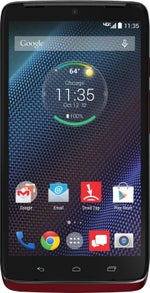


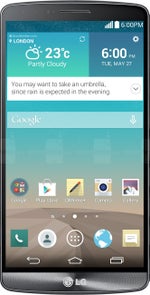
















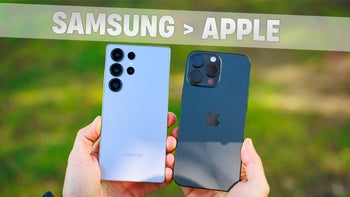



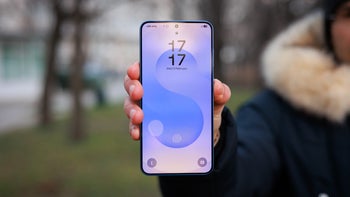
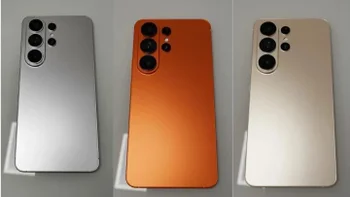

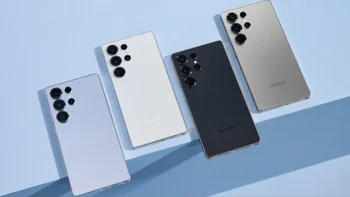

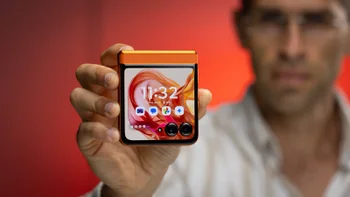

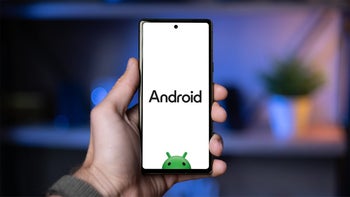
Things that are NOT allowed:
To help keep our community safe and free from spam, we apply temporary limits to newly created accounts: